PATROL - VOLUME 23
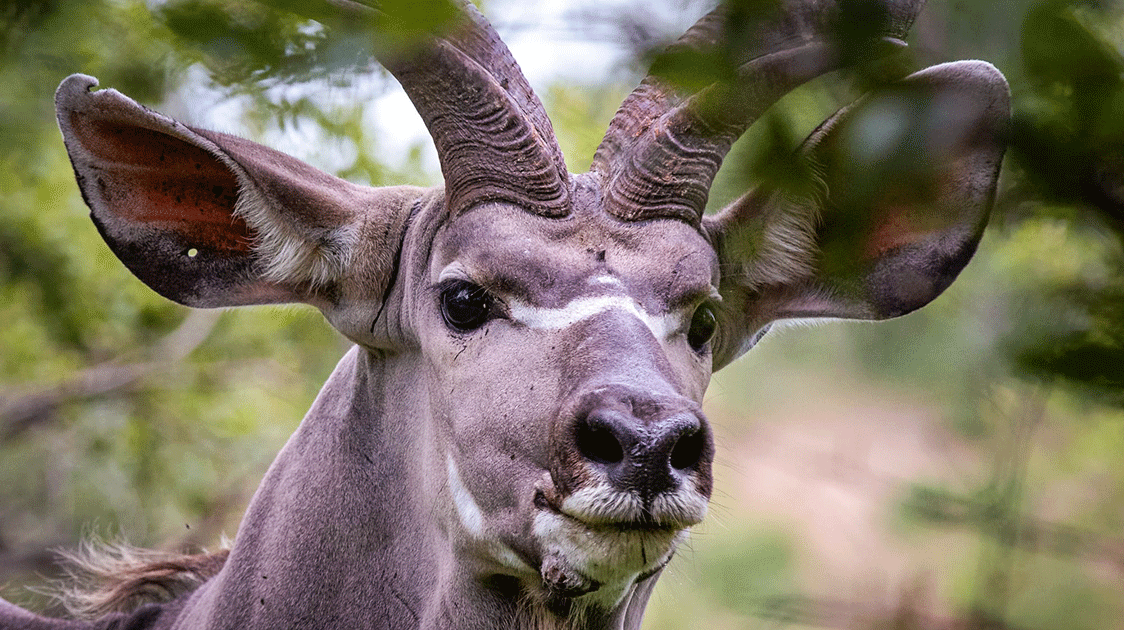
People, Profit, Planet
Sustainable use can be defined as the use of biological diversity components in a way and at a rate that does not lead to the long-term decline of biological diversity to safeguard the potential to meet the needs and aspirations of both present and future generations.
The principle has three aspects: economic, social, and ecological.
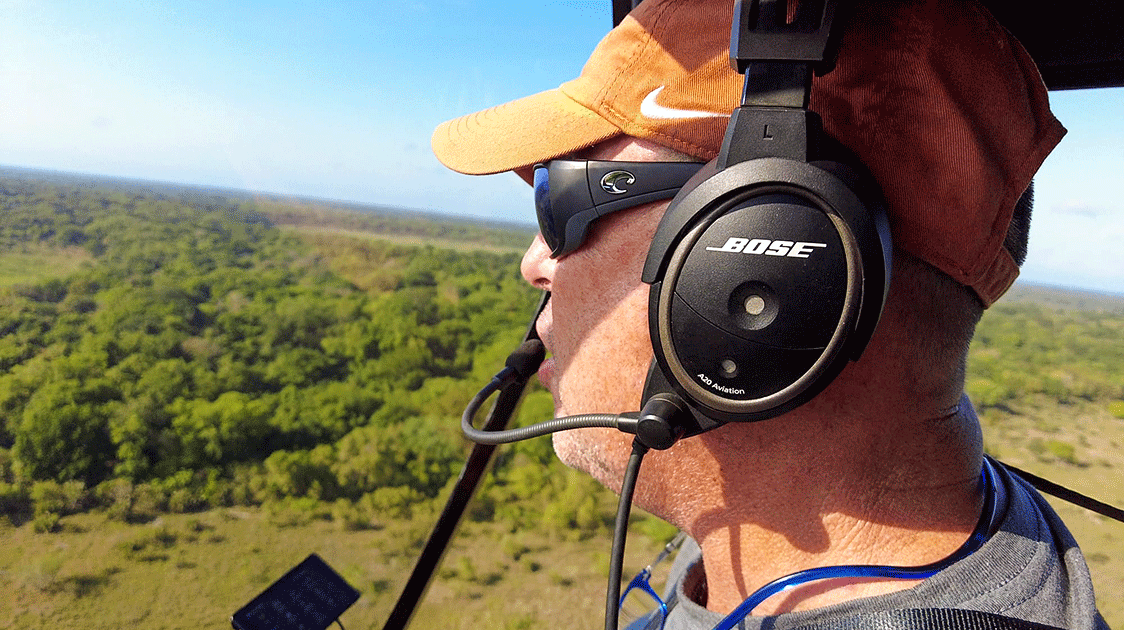
A Flagship Conservation Project (5-Minute Video)
Protected wilderness areas in Mozambique are known as conservation areas and are categorized according to their land use. No consumptive utilization of natural resources is allowed within national parks, national reserves, and forest reserves.
Sustainable consumptive utilization is permitted in community wildlife utilization areas, private game farms and state hunting areas, which are known as coutadas.
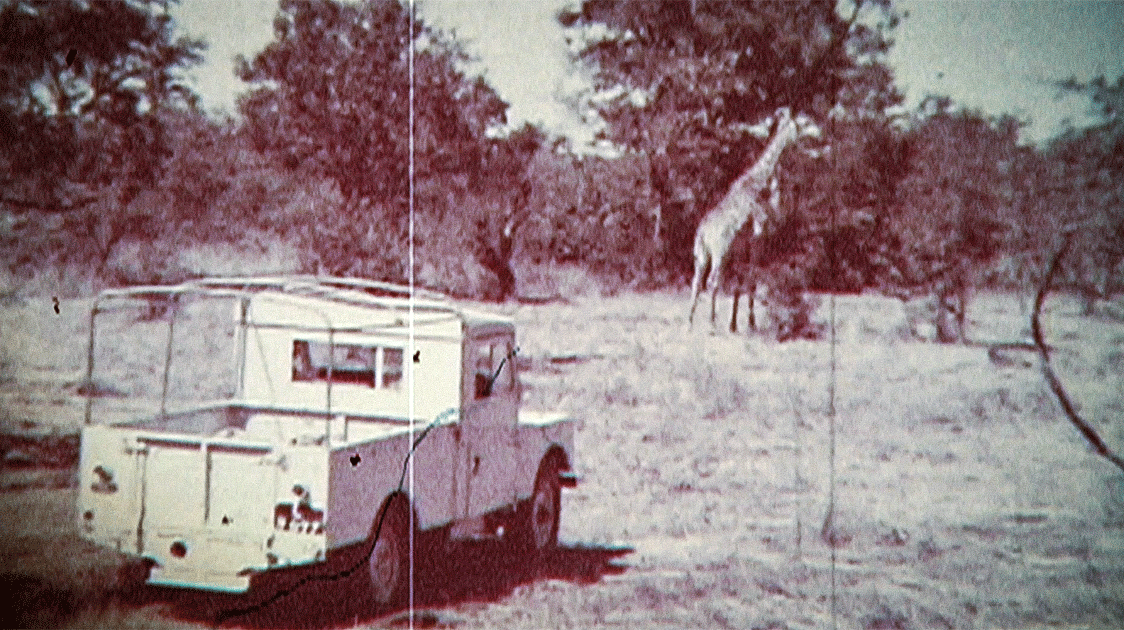
Improving Biological Productivity
Towards the end of the 1950s, a small group of cattle ranchers, who were also committed wildlife conservationists, pioneered Zimbabwe's game ranching industry.
The idea developed from the theory that a spectrum of wild animals is ecologically more efficient at producing meat and by-products than a single domestic species. The view was untested, considerable business risks were taken, and many frustrations endured before game ranching proved a viable land-use alternative.
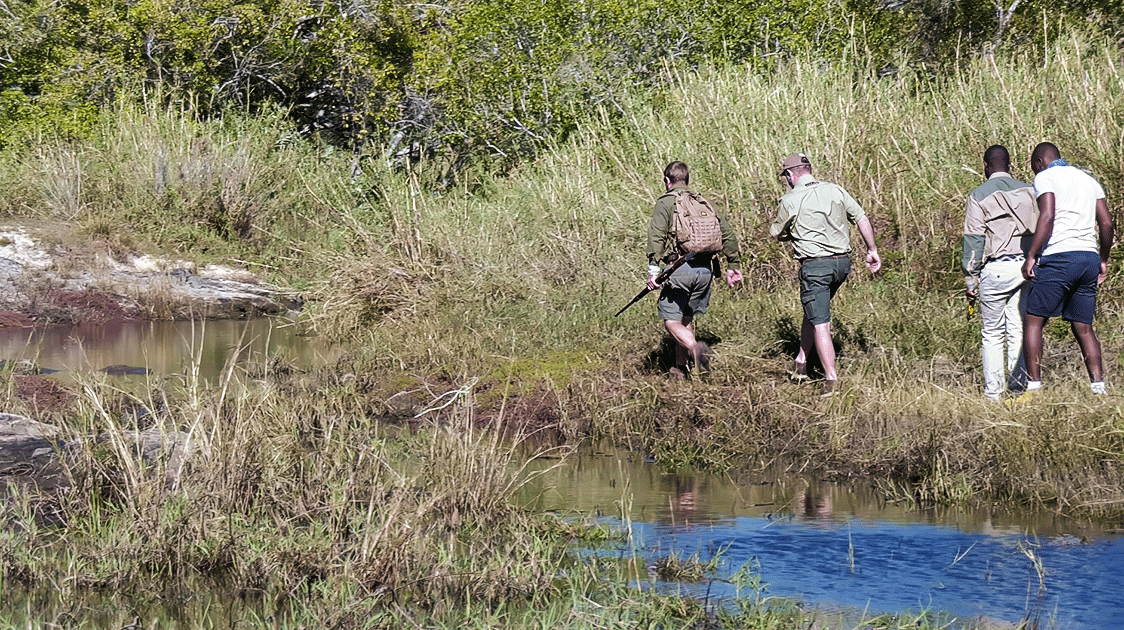
Voluntary Anti-Poaching Work (6-Minute Video)
The ethos behind Guides Against Poaching (GAP) Zimbabwe is to encourage safari hunting and photographic guides to become involved in anti-poaching programs nationwide. Instructing learner guides is an integral part of the initiative, which relies on professionals in the industry to volunteer time and knowledge.

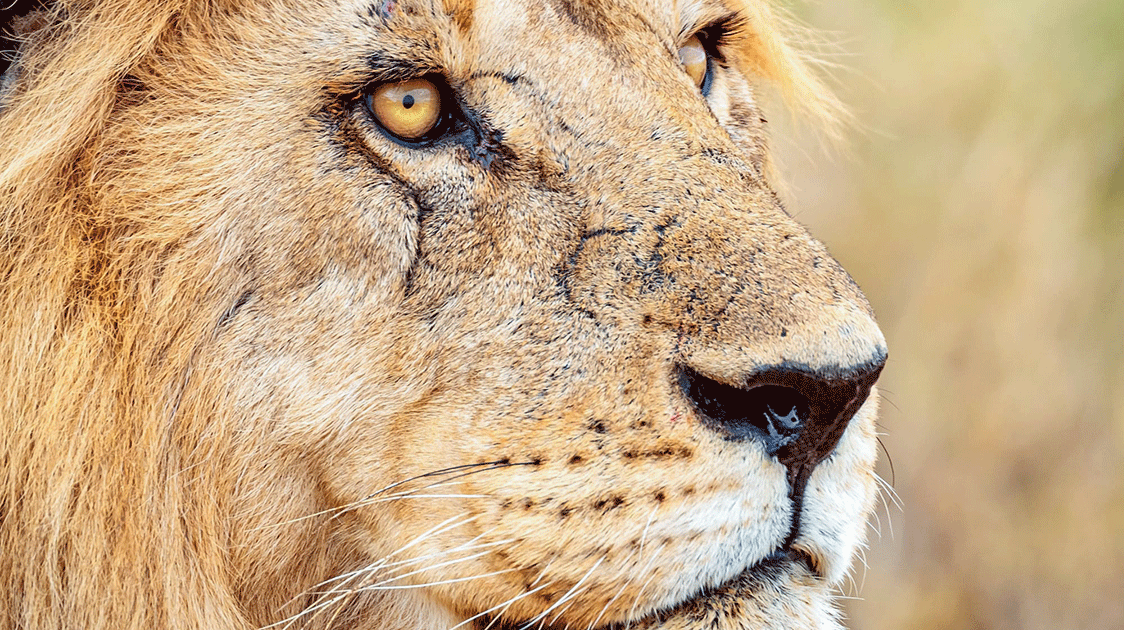
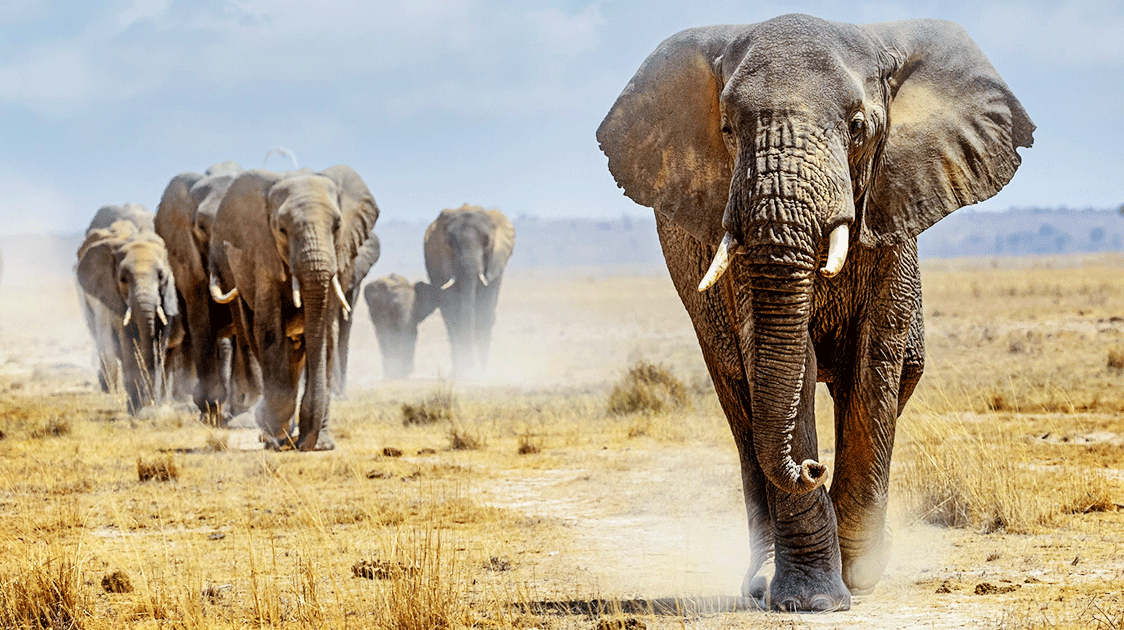
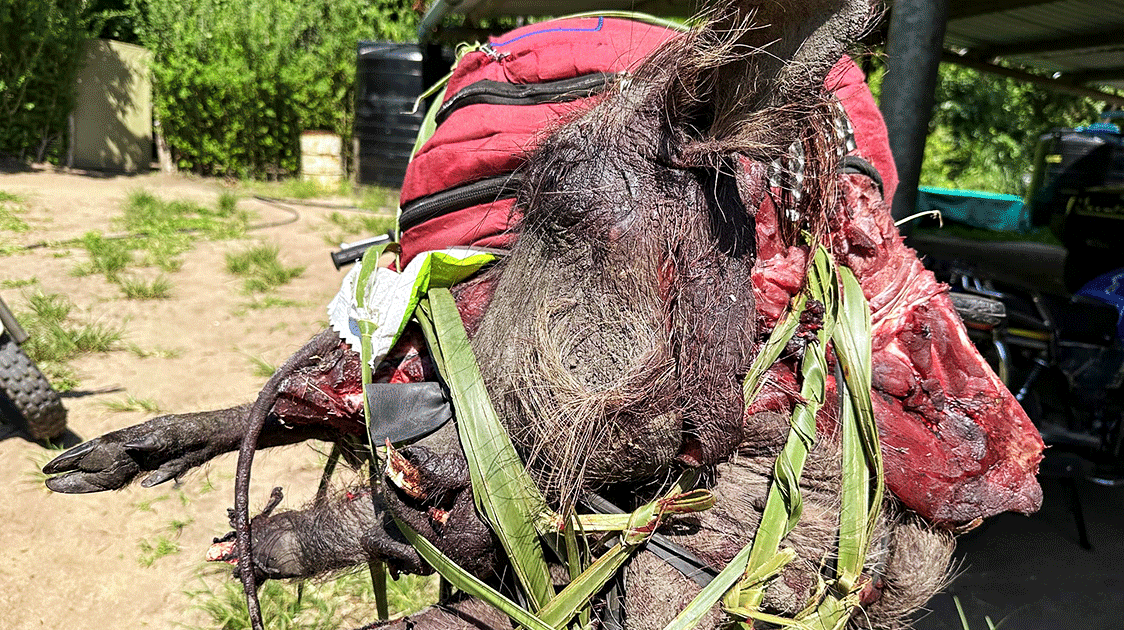
Comments ()